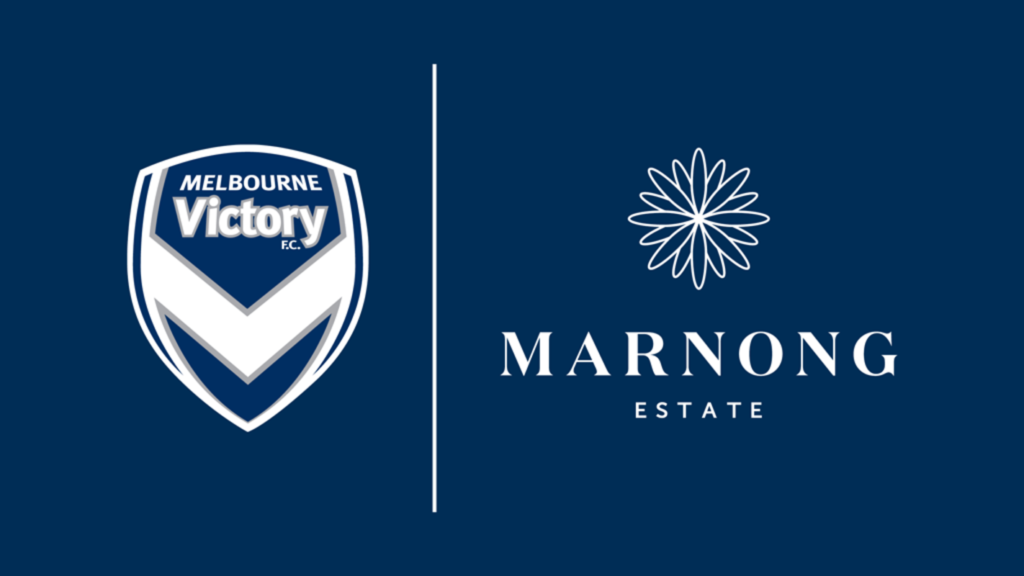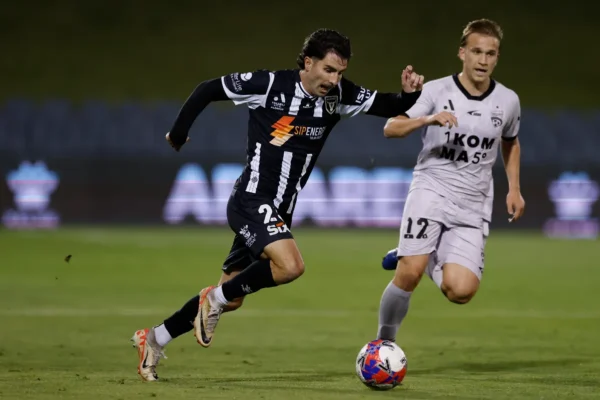
Image credit: Football Queensland
The 2026 Football Queensland Academy Leagues Club Value Index (CVR) has just been released.
This aggregated metric measures the value for money that each club delivers with respect to their SHIELD weighting and performance output. Over the last five years, the 2026 Football Queensland Academy Leagues Club Value Index has provided valuable insight to parents and stakeholders by offering a transparent, evidence-based, and non-partisan evaluation of which clubs are effectively converting resources into high-quality development programs.
Understanding the Club Rank Score (CRS)
At the heart of the program is the Club’s Rank Score (CRS), which ranks clubs according to a longevity-focused framework. It analyses key criteria, such as opportunities for progression, equity, and safety, producing a merit-based reflection of FQ Academy Club quality. While the CRS reliably examines a club’s overall performance, it does not consider cost-efficiency or gender inequalities.
How the Club Value Ranking Index Improves Analysis
The Club Value Ranking Index fills this gap. Using the CRS as a foundation, the CVR transforms the data by including additional variables such as gender, registration fees, and SHIELD weightings (gold, silver, bronze) to more accurately quantify cost-efficiency. FQ categorises clubs based on their CRS placement:
- Gold clubs: 1–10
- Silver clubs: 11–24
- Bronze clubs: 25–32
The data offers a unique assessment of how clubs perform relative to their SHIELD tier and costs, including performance by gender. This year’s data shows that clubs investing in both male and female player development perform significantly better.
Correlation Between SHIELD Tier and CVR
When transformed, the Club Value Ranking still shows a correlation between SHIELD tier and higher ranking:
- Of 10 gold-tier clubs, 7 make the top 10 in the CVR.
- Of 8 bronze-tier clubs, 6 are in the bottom 10 in CVR.
As such, the algorithm is particularly relevant to silver-tier clubs, which are dispersed more widely in the CVR.
Outliers and Key Findings
Notable examples include:
- Samford Rangers: 21st in CRS → 1st in CVR
- Brisbane Strikers: 14th in CRS → last in CVR
- Brisbane City: 5th in CRS → 17th in CVR
- North Lakes United: 26th in CRS → 10th in CVR
These results highlight clubs that deliver high-quality outcomes relative to their resources, isolating both overperformers and underperformers.
Changes From Last Year
Since last year, 12 more clubs were added. Examples include:
- Redlands United: 1st in last year’s CVR → now falls to 27th
- Gold Coast Knights: rose from 20th in CVR to 8th in 2025
This demonstrates the CVR’s ability to provide nuanced assessments beyond pure CRS performance.
Implications for Families and Stakeholders
The 2026 Football Queensland Academy Leagues Club Value Index offers a more complete picture of club performance by balancing quality, cost efficiency, and gender-inclusive development. While limitations remain cultural and demographic differences between clubs affect outcomes, the index gives families, coaches, and stakeholders an empirical tool for informed decision-making.



















